Investigating the implications of bacterial morphology in complex surroundings, a study by NCBS sheds light on survival strategies and ecological adaptation.
The Indian Institute of Science Education and Research (IISER) Pune on Tuesday launched the VOICE Fellowship 2025
Pune/
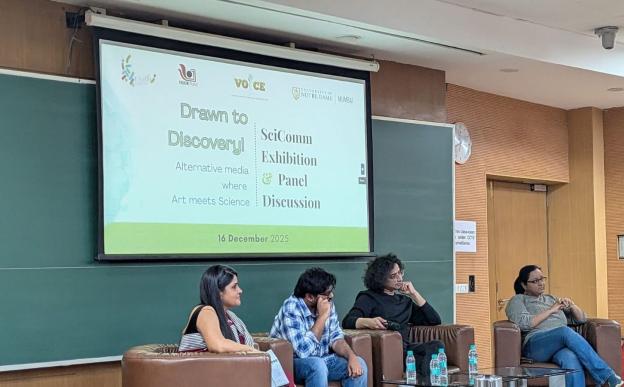
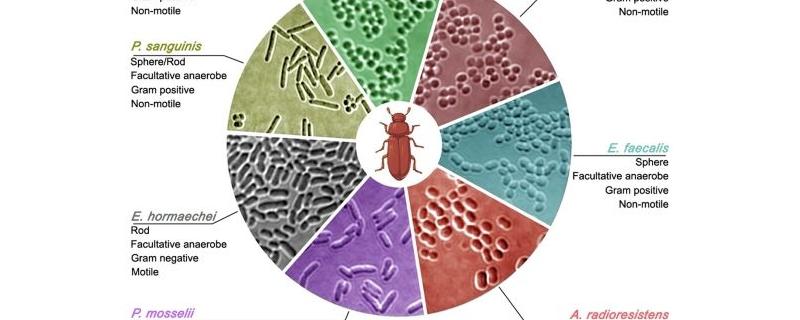
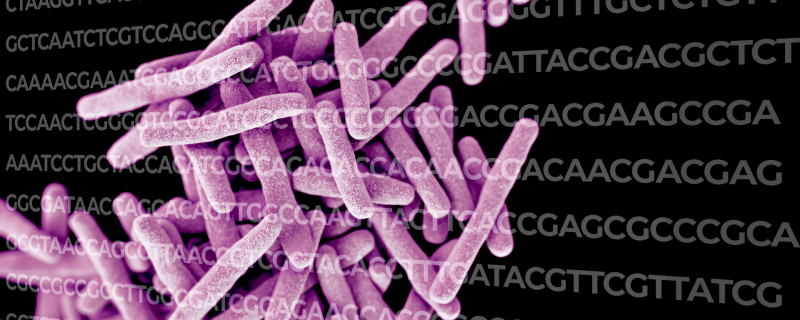
![[Image Credits: M Uhlen, P Oksvold, L Fagerberg, E Lundberg, K Jonasson, M Forsberg, M Zwahlen, C Kampf, K Wester, S Hober, H Wernerus, L Björling, F Ponten (2012) CIL:40476, Homo sapiens, osteosarcoma. CIL. Dataset. https://doi.org/doi:10.7295/W9CIL40476] Proteins on the cell membrane](/sites/researchmatters/files/styles/large_front_800x320/public/osteosarcoma.png?itok=yrm679cj)
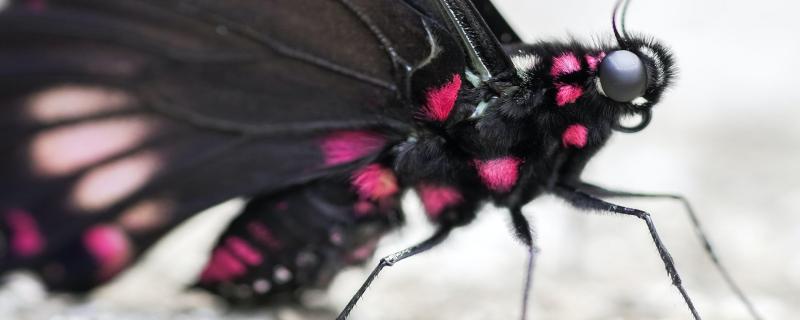
![A female Anopheles stephensi mosquito devouring a blood meal [Image credits: Jim Gathany, Public domain, via Wikimedia Commons] A new technique to study Indian strain of malarial parasite could help in better drug discovery](/sites/researchmatters/files/styles/large_front_800x320/public/manisharoy_press_result.jpg?itok=wm2qYwvZ)
![(a) Shola reedtail (Protosticta sholai) [Image credits: K. A. Subramanian]; (b) blue-legged reedtail (Protosticta cyanofemora) [Image credits: Shantanu Joshi]; (c) Myristica reedtail (Protosticta myristicaensis) [Image credits: Shantanu Joshi] Researchers discover three new species of damselflies in the Western Ghats](/sites/researchmatters/files/styles/large_front_800x320/public/damselflies11.png?itok=0MpRBwgR)
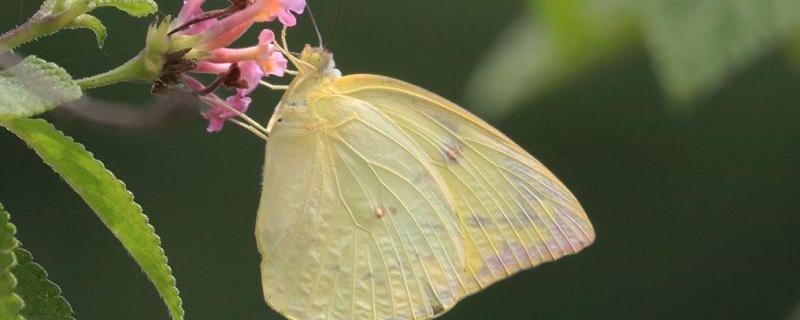
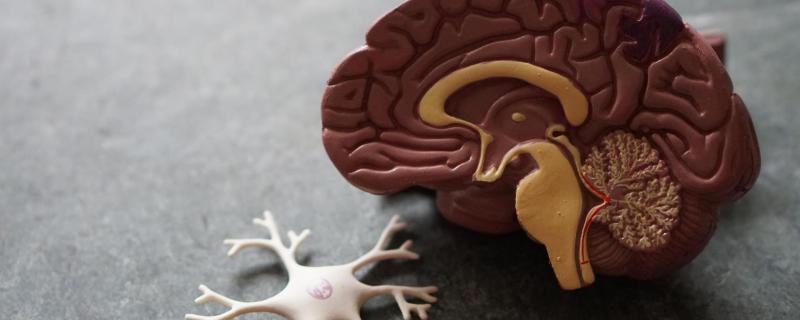
![A colony of Giant Asian Honey Bee (Apis dorsata) from Bengaluru [Image credits: Elephant Corridor Films] Toxic pollutants in the air are taking the toll on pollinating insects](/sites/researchmatters/files/styles/large_front_800x320/public/image2_14.jpg?itok=2LJqVW19)
![A Himalayan Pierrot (Tarucus venosus) [Image Credits: Pranav Gokhale] Pierrot butterflies take scientists from museum collections to the outdoors and back!](/sites/researchmatters/files/styles/large_front_800x320/public/butterfly12aug.jpg?itok=-An_09QR)